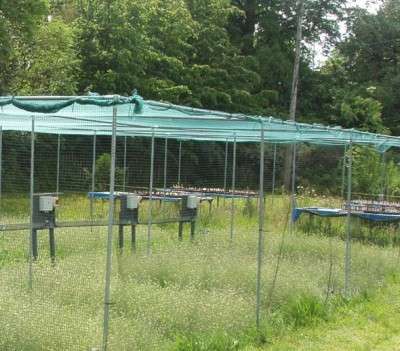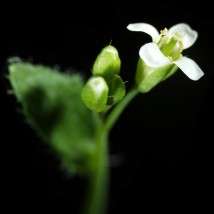Bloom or bust as new study reveals the plants most likely to survive climate change

New research into the effect of climate change on plants has revealed which individuals within a species are most likely to thrive under warmer conditions and which are at risk. And it seems that plants that flower earlier as a result of climate change may be the ones more resilient to temperature changes.
The study, from scientists at the University published today in Global Change Biology, found that plants exposed to small temperature increases, on average flowered earlier and showed increased overall plant size and seed production. This is most probably because higher temperatures accelerate development.
But not all individuals responded in the same way to increased temperature. This suggests that climate warming is likely to cause a change in the genetic make-up of plant populations and that changes in flowering time might be a useful indicator to gauge which populations will be more resilient to changes in climate.
Senior Lecturer in the Department of Biology & Biochemistry, Dr Paula Kover, explains: "Global temperatures will increase in the near future and there is much interest in finding reliable indicators that help us to identify which plant populations need help to survive climate change and which populations will be able to cope with it.
"While it has been previously suggested that species that respond to climate warming by accelerating flowering are more likely to persist global warming, this is the first empirical evidence of the fact."

To better understand the effect of increased temperature on plant yields and plant fitness, the researchers at Bath used the model plant species Arabidopsis thaliana: a small plant that flowers only once in the spring. Further research should confirm these finding using other species with different characteristics, such as non-annual summer-flowering plants.
Although previous studies have looked at the effect of temperature rises on species in the laboratory, or by comparing plant populations growing at different latitudes or over different time frames, this study was able to isolate the effect of temperature from other environmental effects.
By using warming cables connected to thermostats under field conditions the researchers were able to grow genetically identical plants, side by side, experiencing a three degree temperature difference.
More information: Read the full paper 'Plant responses to elevated temperatures': opus.bath.ac.uk/37694/
Journal information: Global Change Biology
Provided by University of Bath




















